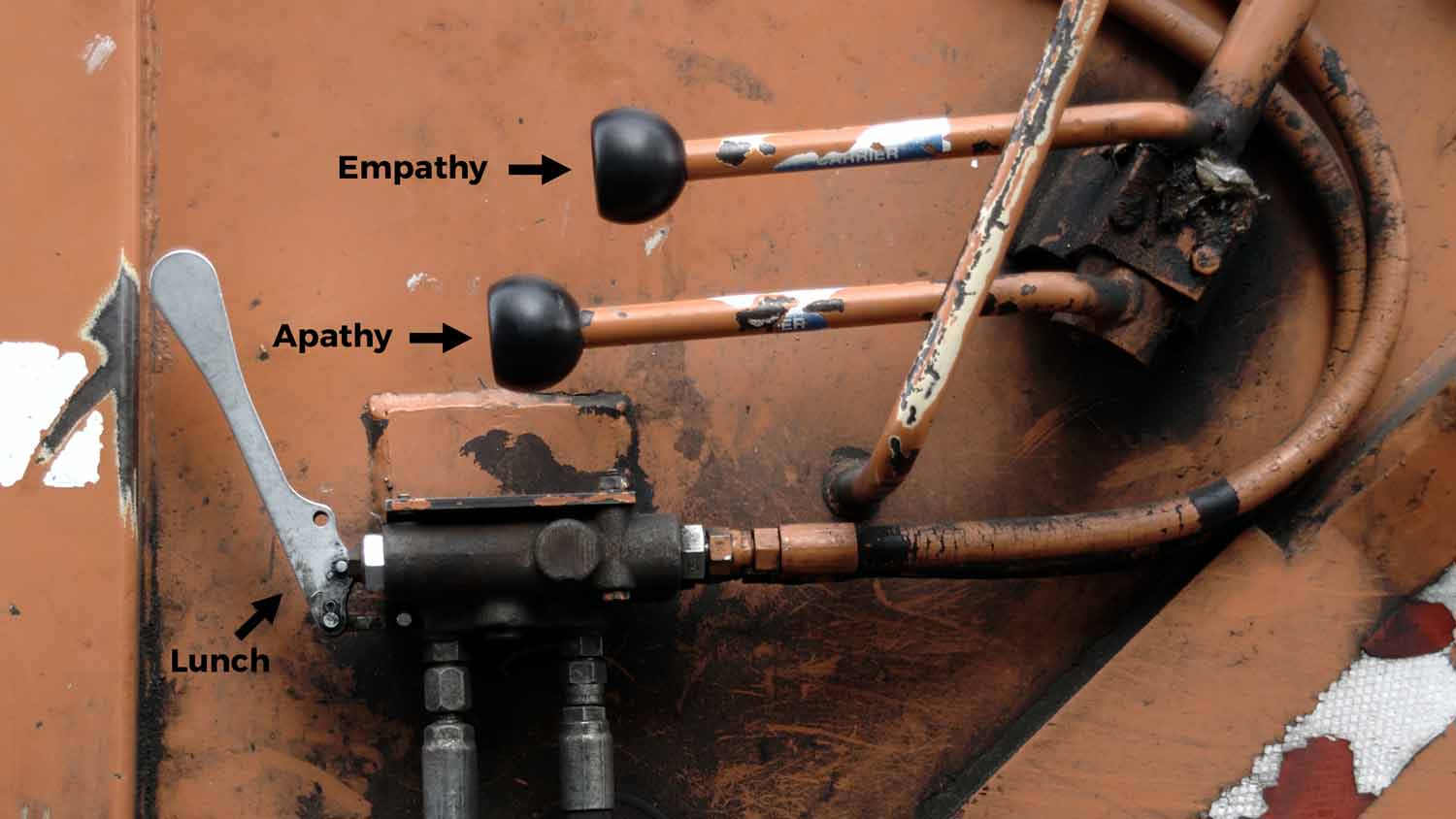On your marks…
Let's start…
The CX Feud!
(DISCLAIMER: The CX Feud is a game in which 150 customer experience professionals took our assessment about the presence, or absence, of customer centricity practices in their organizations. Any resemblance to game shows real or fictitious is coincidental and rather surprising, if you ask us.)

The Survey Says
When it comes to customer experience activities and commitment, leaders appear to be:
1. "All Talk, No Action"
90% of participants agree that customer experience (CX) is a stated strategic imperative, yet just 1 in 2 have an established budget for improving customer experience. And only two-thirds are tracking CX as a metric on the company scorecard, alongside financial and operational KPIs.
2. "All Repair, No Innovation"
7 in 10 participants say that they have a clear understanding of the areas in need of repair—the short-term fixes required to deliver a better CX—but just 4 in 10 have a long-term plan and clarity over how to differentiate on CX in the future.
3. "All Give, No Take"
Employee involvement goes just one way. The majority of participants (82%) believe that their companies do a good job of recognizing employees for all that they do in service of the customer experience. 7 in 10 say that the company shares customer feedback with employees. However, just 45% say that they are inviting feedback from employees on the customer experience, and 58% say they are actively measuring the employee experience through employee engagement surveys.

What The Numbers Imply
This data tell a story of leaders saying it matters but don't always appear to understand what "it" is and what "it" takes. A story of many CX professionals tasked with driving change, but with neither the authority nor the budget to do so.
Many of these companies are undertaking short-term fixes and fighting fires, but they don't appear to have the visionary leadership necessary for customer experience differentiation. While these companies are doing a good job of recognizing employees for their good work and are sharing customer stories, they lack the more costly activities of systematically measuring employee engagement and listening to (and acting on) their ideas.
This data indicate that many leaders may still be blind to the connection we in the CX world all see so clearly: the connection between culture, employee engagement, customer experience and business results.
Ideas for Sparking Change
If this sounds like your world, you may be feeling that you can only get so far without adequate funding and focused accountability and you may be wondering what you can do to change it. Here are some quick ideas.
1. Tell the story of the CX greats.
We all like to to hear stories about people we admire, people like us, those we aspire to be like. Members of your leadership team are likely no exception.
Start here with a clearly articulated story of a company that has gone from good to great through CX excellence. Check out the Temkin Group's Lessons in CX Excellence, 2015 report for some ideas from a range of different companies.
2. Build your burning platform.
It's human nature to be more motivated by potential loss (of revenue, status, customers, growth) than by what is to be gained.
Find case studies (inside and outside your business) that highlight losses realized from avoiding reaching for CX excellence. One way to find those stories is to turn to your employees for insights. Your frontline teams probably have myriad stories of customers frustrated and lost through your inability to deliver the promised experience. You can also read our earlier post on how to involve employees in your CX journey.
Analyze your historical and current Net Promoter Score data and model the financial impact Detractors and Promoters have had on the business. What proportion of your detractors ended up defecting? What proportion of promoters increased their spend?
3. Pilot with an enlightened leader.
Start with one business unit that you know has a passionate leader, willing to take a risk.
Build a pilot program with clear success measures that will help you show the business the potential value that can be derived from investing in CX improvement, involving employees and doing the hard work of envisioning the future and measuring toward the goal.

4. Pull the empathy lever.
Sometimes you have to make them feel something in order to get them engaged in the common plight for customer centricity. Here are some creative ideas to gain executive attention and empathy. You can also check out our recent post on empathy in the customer experience for more insight.
–Kate Feather
Want More?
If you want to know how you stack up against the rest on your customer experience maturity, then take our free quiz by clicking the image below.





